A lot of articles about high-resolution audio files spout mistruths and myths on the topic. My goal in this article is to explain the real-world benefits of recording music using hi-res equipment and dispel some of the common misconceptions surrounding the benefits of file formats like FLAC and DSD. Without further delay, let’s dive right in.
What is High-Resolution Audio?
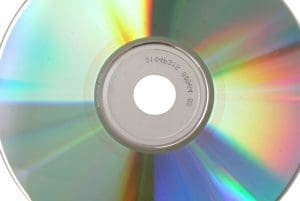 The Recording Industry Association of America, the Digital Entertainment Group and the Recording Academy Producers & Engineers Wing have agreed that high-resolution audio is defined as a lossless audio recording format capable of reproducing the full spectrum of sound and is mastered at better than CD quality. With the standard for compact discs set at 44.1 kHz and 16 bits of depth, the lowest standard limit for a recording to be considered hi-res is, therefore, a 48 kHz sampling rate and 20-bit recording depth.
The Recording Industry Association of America, the Digital Entertainment Group and the Recording Academy Producers & Engineers Wing have agreed that high-resolution audio is defined as a lossless audio recording format capable of reproducing the full spectrum of sound and is mastered at better than CD quality. With the standard for compact discs set at 44.1 kHz and 16 bits of depth, the lowest standard limit for a recording to be considered hi-res is, therefore, a 48 kHz sampling rate and 20-bit recording depth.
The Upper Limits of Human Hearing
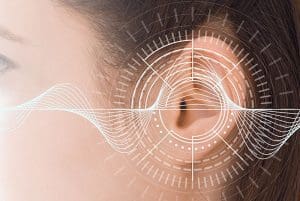 Any audiologist will tell you that the upper limit of human hearing in a young person is around 20 kHz. Our ability to hear high-frequency information decreases as we get older and with exposure to loud noises. Most adults can hear up to 14 to 16 kHz at reasonable levels. In my frequent speaker testing experience, I can attest to the fact that my hearing rolls off at about 14 kHz.
Any audiologist will tell you that the upper limit of human hearing in a young person is around 20 kHz. Our ability to hear high-frequency information decreases as we get older and with exposure to loud noises. Most adults can hear up to 14 to 16 kHz at reasonable levels. In my frequent speaker testing experience, I can attest to the fact that my hearing rolls off at about 14 kHz.
Harry F. Olsen, an engineer at RCA, purports that in rare instances, under very controlled test conditions, humans can detect sounds as high as 28 kHz. As interesting as this is, we’ll talk about the complexity of reproducing ultrasonic sounds later in this article.
By comparison, mammals such as dogs, cats, mice and bats can hear much higher frequencies, with 45 kHz, 79 kHz, 70 kHz and 90 kHz as their respective upper limits. In most cases, especially with mice and bats, their low-frequency hearing is reduced.
The Benefits of High-Resolution Audio
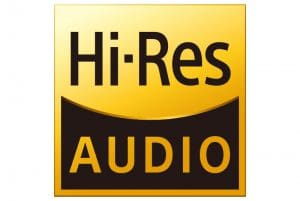 The equipment required to create high-resolution recordings is typically of higher quality than that required for standard CD-quality recordings. Even if the improvements in distortion and S/N ratio are based purely on the evolution of component quality and advanced designs and not on the fact that the devices are hi-res capable, they still exist.
The equipment required to create high-resolution recordings is typically of higher quality than that required for standard CD-quality recordings. Even if the improvements in distortion and S/N ratio are based purely on the evolution of component quality and advanced designs and not on the fact that the devices are hi-res capable, they still exist.
Look at the specifications for the RME Fireface UFX and the newer Fireface UFX II digital interfaces used in recording studios. Both would be considered high-resolution compatible. The UFX II has an analog input S/N ratio of 115 dB as compared to the still-impressive 112 dB rating of the original unit. Input frequency response on the new design is flat with -1 dB tolerances from 2 Hz to 92 kHz when sampled at 192 kHz as compared to 5 Hz to 66.5 kHz for its predecessor.

The result of recording music with better equipment is a reduction in unwanted harmonic and intermodulation distortion in the recording and a reduction in background noise. In essence, better equipment results in a purer and more accurate recording of the audio source.
What About Harmonics and Beat Frequencies?
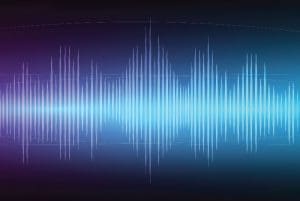 In any discussion of the benefits of high-resolution audio, someone is bound to mention the fact that two ultrasonic sounds might combine to create a beat frequency that’s audible below 20 kHz. The likelihood of beat frequencies is not only 100% possible, it’s highly probable. With that said, if an instrument were to create those sounds, they would be present in the recording studio and captured by a standard microphone and recording equipment with a 22 kHz upper limit. You don’t need to reproduce audio to 40 kHz to capture that information.
In any discussion of the benefits of high-resolution audio, someone is bound to mention the fact that two ultrasonic sounds might combine to create a beat frequency that’s audible below 20 kHz. The likelihood of beat frequencies is not only 100% possible, it’s highly probable. With that said, if an instrument were to create those sounds, they would be present in the recording studio and captured by a standard microphone and recording equipment with a 22 kHz upper limit. You don’t need to reproduce audio to 40 kHz to capture that information.
Reproducing Audio Beyond 20 kHz
First, to recreate a high-resolution recording, every piece of the audio chain must be able to handle the high-resolution audio signal in either the digital or analog domain. Several source units from Sony and Kenwood will output analog audio to beyond 40 kHz. If you plan on using a digital signal processor in your system (and you should!), it must be able to sample that analog signal or accept a digital signal at 96 kHz. Likewise, it must output the signal with the same resolution. Next, your amplifiers must play well beyond 20 kHz, and finally, you will need tweeters capable of reproducing those ultrasonic frequencies. Is it possible to accomplish with modern car audio equipment? It most assuredly is! It’s not going to be cheap, though.

It’s worth noting that several older digital signal processors on the market will accept 96 kHz data streams in either coaxial analog or TOSLINK optical connections, but once in the processor, convert the information to 48 kHz for processing. This sampling frequency limit means the output signal will not play beyond 20 kHz.
Tweeters Capable of Reproducing Ultrasonic Sounds
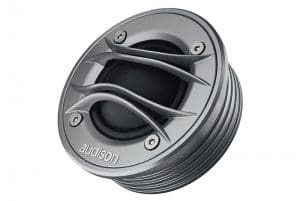 Depending on the design of your car audio system, you may need a tweeter that will play as low as possible to help raise the height of the soundstage in your vehicle. This requirement results in most high-end tweeters being around 1 inch in diameter with a resonant frequency around 1,500 to 1,600 Hz. A look at several frequency response graphs from popular tweeters shows that even while they can play up to and beyond 20 kHz when aimed directly at the listener’s ears, the output rolls off quickly when listened to off-axis. Limited off-axis frequency response isn’t a design problem, but a characteristic common to all speakers called directivity.
Depending on the design of your car audio system, you may need a tweeter that will play as low as possible to help raise the height of the soundstage in your vehicle. This requirement results in most high-end tweeters being around 1 inch in diameter with a resonant frequency around 1,500 to 1,600 Hz. A look at several frequency response graphs from popular tweeters shows that even while they can play up to and beyond 20 kHz when aimed directly at the listener’s ears, the output rolls off quickly when listened to off-axis. Limited off-axis frequency response isn’t a design problem, but a characteristic common to all speakers called directivity.
Directivity describes changes in the frequency response of a speaker at off-axis angles. High-frequency output reduces as you move away from being directly on-axis with the driver, and this phenomenon applies to woofers, midrange drivers and tweeters. Directivity is one of the key reasons why a three-way front stage configuration delivers more consistent performance from all seating positions as compared to a two-way system.
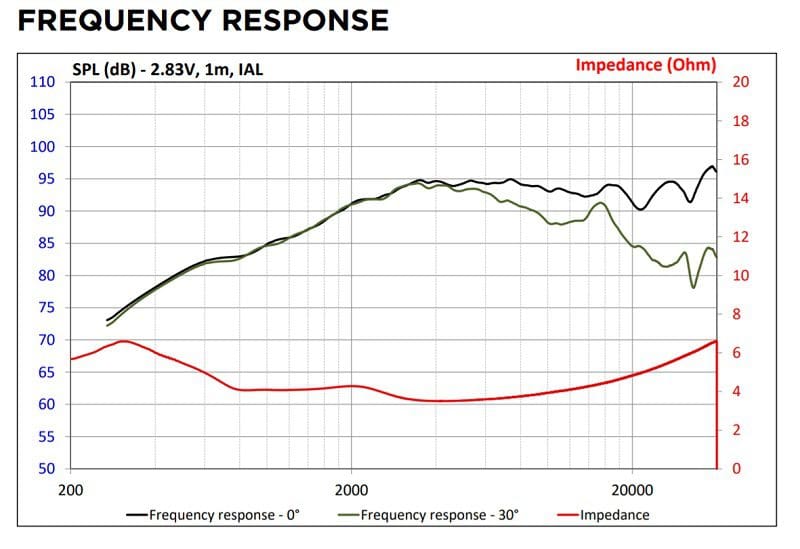
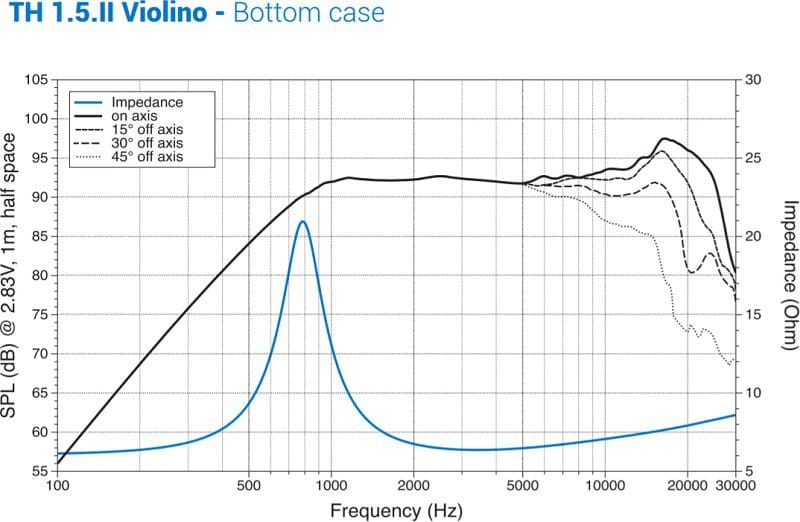
These graphs and common sense highlight the importance of installing tweeters on-axis with the listening position.
Where to Buy High-Res Music
On more than one occasion, I’ve taken a high-resolution recording purchased from HDTracks.com and converted it to a CD quality file to attempt to hear the difference between the recordings. I’ve yet to be able to reliably pick one from the other in blind testing under very controlled lab conditions.
 A lot of people say they can hear significant differences between regular CD-quality recordings and high-resolution recordings. While it may be possible, I have a concern about the source of the files. Unless are you sure beyond a shadow of a doubt that both files came from the same original master recording, comparing the two introduces too many variables.
A lot of people say they can hear significant differences between regular CD-quality recordings and high-resolution recordings. While it may be possible, I have a concern about the source of the files. Unless are you sure beyond a shadow of a doubt that both files came from the same original master recording, comparing the two introduces too many variables.
The same is true of comparing vinyl albums to CDs. We know that vinyl pressing houses remaster tracks with a specific equalization curve before the creation of the metal master. It’s also worth noting that the frequency response of a record changes as the tonearm moves across the album. Some turntables exhibit a reduction of 3 dB at 15 kHz when the needle is in the center of the record. I’ll pass on using vinyl as my reference, and I don’t think I’m going to go retro and try to mount an under-dash turntable in the Genesis.
Should You Buy High-Resolution Music?
So, the question is, should you buy your music in a high-resolution format like FLAC, DSD, WAV, ALAC or AIFF with sampling rates at 96 kHz or higher and 24-bit recording depth? Without a doubt, you absolutely should! Chances are, the high-resolution recordings available from HDTracks.com, Acousticsounds.com, iTrax.com, ProStudioMasters.com and Nativedsd.com are of the highest possible quality with the lowest noise floor. There’s no reason not to give your audio system every chance of reproducing your favorite music with as much realism and accuracy as possible. If you’d like to learn about the high-resolution audio products available for your car, truck or SUV, drop by your local specialist mobile enhancement retailer today. They’d be happy to help you out!

